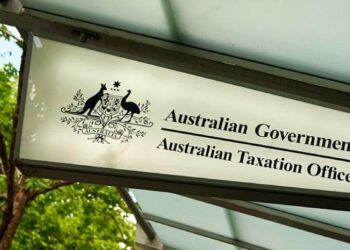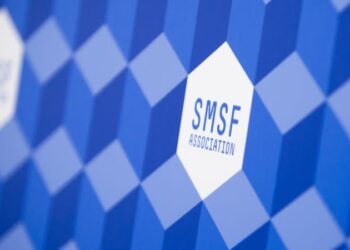In April this year, the Productivity Commission’s draft report on assessing the efficiency and competitiveness of the superannuation sector flagged some concerns about the performance of lower balance SMSFs in comparison to public offer funds.
It also floated the idea of introducing a $1 million minimum for SMSFs on the basis that SMSFs below this amount were not competitive against public offer funds.
The findings of the report copped considerable backlash from the SMSF industry, with various groups conducting their own analysis of the issue and making submissions to the Productivity Commission.
Both the SMSF Association and Class point out that the SMSF performance was understated in the PC report because of the differences in the way APRA and the ATO report fund performance.
Class also released data showing that if the returns for lower balance SMSFs below $50,000 are calculated using the APRA rate of return method, then the average return is actually around 8.7 per cent over a five-year basis, versus the ATO calculation method, which would instead show a negative return.
Last week, the Productivity Commission released a supplementary paper that acknowledged some of the analysis provided in the submissions on SMSF returns and expenses. You can access the paper here.
At a recent SISFA event, Assistant Treasurer Stuart Robert referred to findings in the Productivity Commission’s draft report in May that “SMSFs with smaller balance were underperforming large APRA funds in terms of net investment returns”.
“Last week, the commission released a supplementary paper that responds to feedback on the draft report and paints a more positive picture of SMSF performance,” said Mr Robert.
However, he stated that the revised analysis “still finds that scale is very important in determining net returns for the average SMSF”.
He also made it clear that the government would be progressing with its plans for increasing the maximum number of SMSF members to six.
“This change is widely supported. It provides greater flexibility for joint management of retirement savings, in particular for larger families. And most importantly, it provides an avenue for growth,” he said.



Assuming no one is going to force someone to wind up their existing SMSF against their will we are only talking about new SMSF’s being subject to some minimum amount of funds invested.
A new SMSF can’t really be established without an SoA from a planner. If there is an SoA that agrees the SMSF is appropriate then regardless of whatever the minimum balance might be the trustees have made an informed decision as to what to do with their money.
The advice provided should reasonably take into account all of the unique circumstances of the individuals involved. Why does it need an added layer of some straight jacket legislation that can’t possibly take into account all circumstances for all potential people?
More appropriately ASIC or someone could provide a list of concerning issues to take into account when providing advance as to SMSF establishment. That list could include basic concerns such as long term adequate returns to exceed CPI net of operating costs.
Return is not the sole determinant of SMSF appropriateness. For some there are issues as to ethical investment, control of funds, personal timelines and potential transfer in specie of assets out on retirement. These are a small group but they exist and do so for their own good purposes.
The change as to SMSF member numbers is widely supported by who?
Is there anyone with an SMSF who actually wants to increase the number of potential members beyond 4?
If so, are there any material number or isolated examples for their own reasons?
Are these larger number SMSF’s designed for a complying sole purpose test or are they simply a de facto family trust?